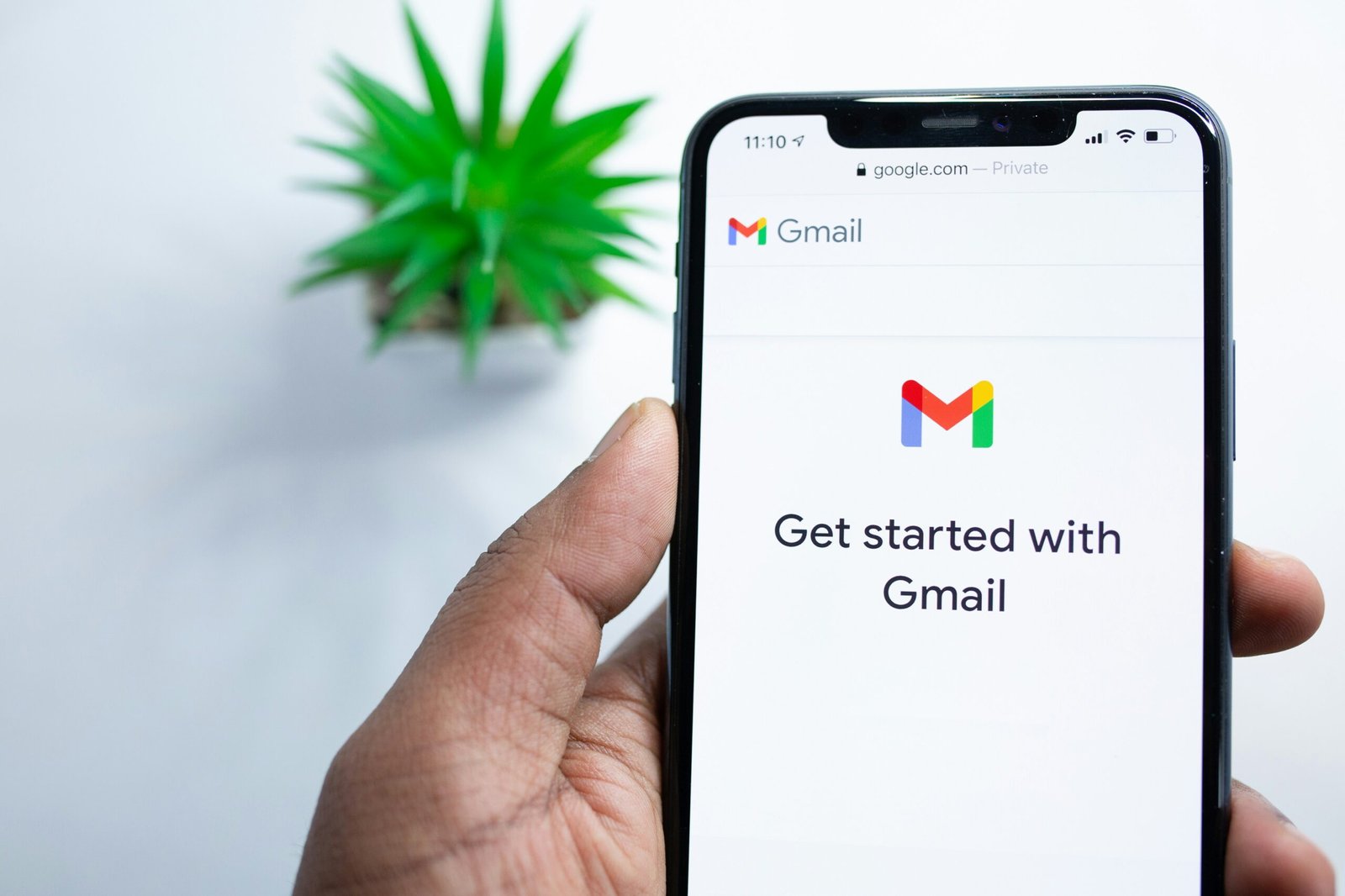The Essential B2B Marketing Materials: Industry Examples, Insights, and Actionable Tips
Introduction
In the world of B2B marketing, having the right marketing materials is crucial for success. These materials not only help businesses showcase their products or services but also provide valuable information to potential clients. In this blog post, we will explore some of the most common B2B marketing materials and provide industry examples, insights, takeaways, and actionable tips.
1. White Papers
White papers are in-depth reports that provide valuable insights and analysis on a specific topic. They are typically used to educate potential clients about complex solutions or industry trends. For example, a software company might create a white paper on the benefits of cloud computing for businesses. The key to a successful white paper is to provide valuable and actionable information that helps potential clients make informed decisions.
2. Case Studies
Case studies are real-life examples that demonstrate how a product or service has helped a client solve a specific problem or achieve a desired outcome. They are an effective way to build credibility and showcase the value of your offerings. For instance, a marketing agency might create a case study highlighting how they helped a client increase website traffic by implementing a targeted content strategy. When creating case studies, focus on the problem, solution, and measurable results achieved.
3. Sales Brochures and Product Sheets
Sales brochures and product sheets are concise and visually appealing materials that provide an overview of your products or services. They are often used during sales presentations or trade shows to capture the attention of potential clients. When designing these materials, highlight the key features, benefits, and unique selling points of your offerings. Use compelling visuals and concise messaging to make a lasting impression.
4. E-books
E-books are longer-form content pieces that provide in-depth information on a specific topic. They are often used as lead magnets to capture contact information from potential clients. For example, a financial services company might create an e-book on retirement planning strategies. To create an effective e-book, choose a topic that aligns with your target audience’s interests and pain points. Provide valuable insights and actionable tips that demonstrate your expertise in the industry.
5. Online and Print Newsletters
Newsletters are a great way to stay connected with your target audience and share valuable content on a regular basis. Whether online or in print, newsletters can include industry updates, company news, case studies, and useful resources. When creating newsletters, focus on providing valuable content that educates and engages your audience. Use a mix of text, images, and links to keep your readers interested and encourage them to take action.
6. Infographics
Infographics are visual representations of complex information or data. They are a great way to simplify complex concepts and make them more engaging and shareable. For example, a technology company might create an infographic illustrating the benefits of their software solution. When designing infographics, focus on presenting information in a clear and visually appealing manner. Use colors, icons, and charts to make the content easy to understand and share on social media.
7. Press Releases
Press releases are official announcements that provide information about new products, company milestones, or industry news. They are typically sent to media outlets and can help generate publicity and media coverage. When writing press releases, focus on creating a compelling headline and providing relevant and newsworthy information. Include quotes from company executives or industry experts to add credibility to your announcement.
8. Webpages
Your website is one of the most important marketing tools for your B2B company. Each webpage should be optimized to provide valuable information and encourage visitors to take the desired action. Use clear and concise messaging, compelling visuals, and easy navigation to create a user-friendly experience. Include testimonials, case studies, and product information to build trust and showcase the value of your offerings.
9. Social Media Content
Social media platforms provide an opportunity to engage with your target audience and share valuable content. Create a content strategy that aligns with your target audience’s interests and preferences. Share industry news, blog posts, case studies, and other relevant content. Use visuals, videos, and engaging captions to capture the attention of your followers and encourage them to interact with your brand.
10. Email Sequences
Email sequences are a series of automated emails sent to potential clients to nurture them through the sales funnel. Each email in the sequence should provide valuable information, address pain points, and showcase the benefits of your offerings. Personalize the emails based on the recipient’s interests and actions to increase engagement and conversion rates. Use compelling subject lines and clear calls-to-action to encourage recipients to take the desired action.
11. Scripts for Videos, Webinars, and Podcasts
Video, webinars, and podcasts are effective ways to communicate with your target audience and showcase your expertise. When creating scripts for these mediums, focus on providing valuable information in a conversational and engaging manner. Use storytelling techniques and examples to make the content relatable and memorable. Practice and rehearse the scripts to ensure a smooth delivery.
Conclusion
In the world of B2B marketing, having the right marketing materials is essential for success. Whether it’s white papers, case studies, sales brochures, e-books, newsletters, infographics, press releases, webpages, social media content, email sequences, or scripts for videos, webinars, and podcasts, each material plays a crucial role in educating potential clients and showcasing the value of your offerings. By creating high-quality and valuable marketing materials, you can effectively engage with your target audience and drive business growth.
Remember, the key to success lies in providing valuable and actionable information, focusing on the needs and interests of your target audience, and delivering your message in a clear and engaging manner.







